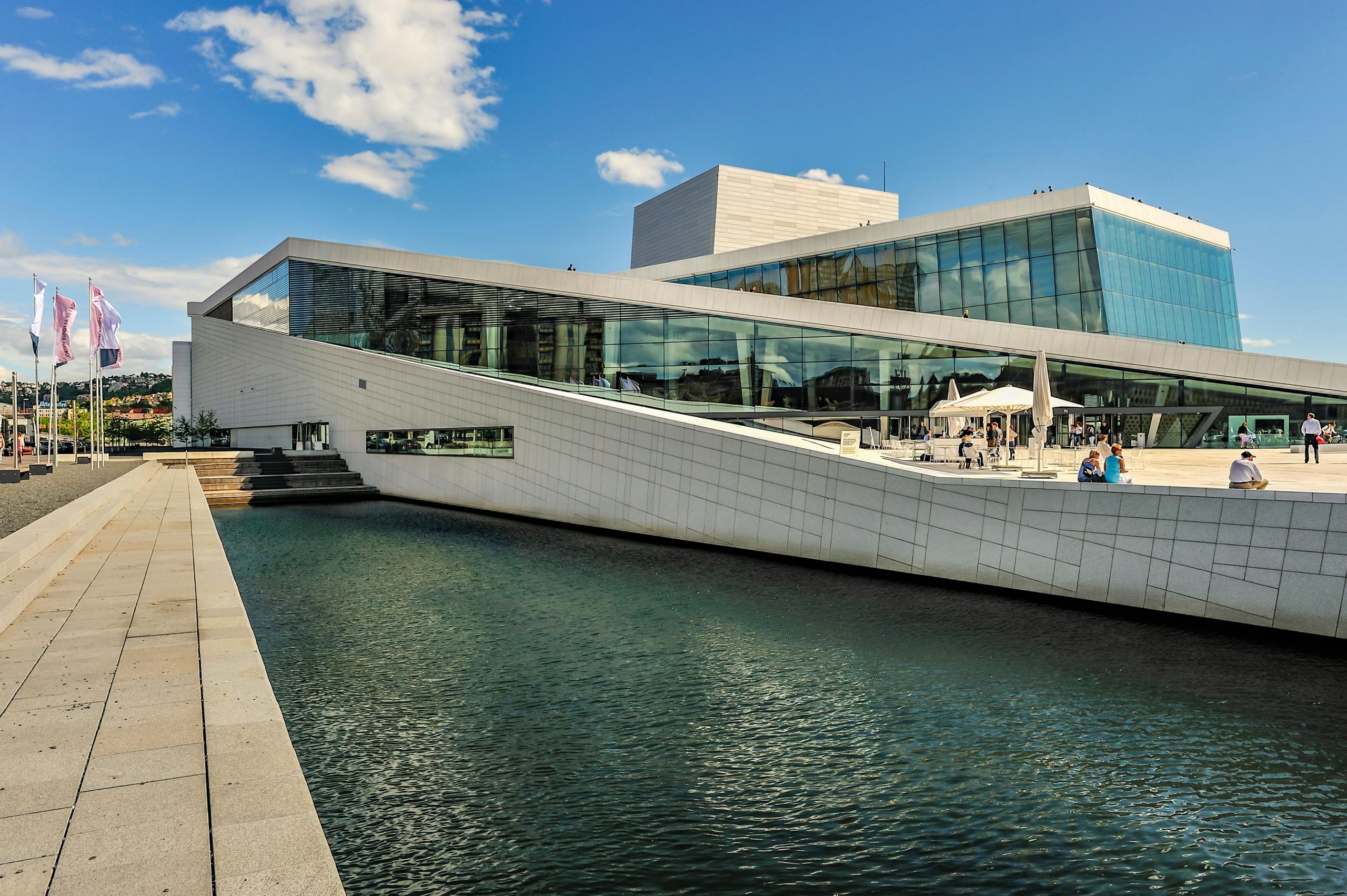Oslo's Pilot City Activity: Power Up a Renewable Society (PURE)

Background
Electricity grid performance and energy management is key for Oslo to achieve its net zero transition by 2030. This pilot will focus on supporting emissions-free energy supply to construction machinery and Heavy-Duty Vehicles (HDVs), sectors that are expected to be challenging to electrify.
Developing net zero alternatives for these sectors is technically challenging as they require high-power solutions. These are areas where zero-emissions solutions are not yet widely available in European markets.
Oslo is a front runner in the transition to zero emission construction sites and electric HDVs. Already a large share of the municipal construction sites is done with zero emission solutions, while the market share of electric HDVs make up 10% of the total market of HDVs in Oslo. To continue the electrification of these sectors, Oslo needs better energy planning and management to ensure that the city has sufficient grid capacity and alternative energy sources to fulfil the transition. Energy management is needed at both the micro level – construction site or charging station – and the macro level – city and region. Builders, contractors, and charge point operators (CPOs) are important at a micro level, and the City, grid operators and energy companies are important at a macro level.
The main identified barriers are:
- Limitations in electricity grid capacity and the need for flexible energy solutions;
- Challenging competitiveness and slow transition to zero-emission Heavy-Duty Vehicles;
- Weak enabling environment, including lack of policy frameworks and economic incentives;
- Immature global markets for zero-emission construction solutions;
- National legal barriers.
Description of Activities
PURE will develop tools for energy optimisation and provide the city with the means to govern its energy and power sector effectively. The pilot will contribute to a better understanding of grid infrastructure, the role of battery-electric systems, the management of energy supply, and the optimisation of energy use and renewable energy systems.
The pilot will undertake the following key activities:
- Networking and capacity development to build knowledge, capacity, and capabilities for improved utilisation of energy and power;
- Development of a practical handbook for stakeholders on how to plan, implement, and operate zero-emission construction sites (ZEMCONs) based on best practices;
- Development of practical guidelines for charging operators and transport companies on best practices for the construction of charging infrastructure for ZEMCON and HDV;
- Systematising of scientific information and results of Oslo’s energy transition;
- Identifying best practices and policy tools of relevance to other European cities.
Objective
The pilot aims to improve the governance of Oslo’s energy system by designing an optimised and resilient system ready to power a fully electrified city.
Are the pilot activities building upon or part of a previous and/or existing activity?
The pilot will build on the ongoing electric transformation of Oslo and target the nexus between technology, product, process, service, solution, policy, and governance models at the city level to increase the climate-neutral transformation.
In particular, PURE will build on an ongoing project aimed at mapping the energy and power demand of zero-emission construction sites. This project collects data on energy and power use related to the factual needs at up to four different zero-emission construction sites in Oslo. This information is then used to identify measures that can optimise processes that reduce overall energy and power demand. The project will give the City a better understanding of key issues, including the actual power and energy demand from zero-emission construction sites, what types of machinery and user behaviour cause peaks in power demand, and recommendations for contract requirements for automatic collection of consumption data from emission-free construction and construction sites. This project will finish in June 2024.
Which emissions domains will the pilot activities address?
Systemic transformation – levers of change the pilot activities will exploit
Stakeholder types that the city would like to engage in the pilot activities
Transferable features of the pilot activities to a Twin City/ies
- A model for functional cooperation between city administrations, grid operators, energy companies, and relevant actors that work on electrification of transport and construction.
- Oslo’s procurement strategy as a tool to scale up emissions-free solutions that can serve as a cost-effective template for replication. The procurement strategy has been highly successful in ensuring the development and implementation of electric solutions at construction sites for commercial transport and beyond.
- Best practices, data and information about the energy and power demand at zero-emission construction sites and charging patterns and solutions for Heavy-Duty Vehicles.
- Estimations of charging infrastructure needs.
- Tools for construction companies and public officials on how to effectively support zero emission construction project planning.
- Guidelines for technology choices in ZEMCON and charging (batteries, machinery, etc.).
- Lessons from developing software for energy and power planning of ZEMCON and charging projects. Collaboration with energy companies to find better technology to address challenges (energy storage, production, software, etc.). Oslo will continue to develop a holistic energy planning tool for data sharing between the municipality, grid operator, and energy company.
- Policy options for cities working on electrification of key sectors.
This answer is not exhaustive and simply an indicative one.
Enabling conditions that will support the successful replication of your pilot activities in the Twin City
- Experience with energy planning and electrification processes;
- Previous experience with grid capacity challenges and exploration of solutions to overcome this, e.g. smart charging, advanced energy planning or similar;
- Well-developed cooperation with relevant industries like the energy sector, construction and commercial transportation;
- Experience using procurement as a strategic tool for advancing ZEMCON and emissions-free transport.
This answer is not exhaustive and simply an indicative one.
What does the city want to learn from Twin City/ies?
- Energy planning;
- Load balancing / smart charging;
- Cooperation with different stakeholders, e.g. charging operators, construction, transport companies, energy companies, or grid operators;
- Data analysis and communication, i.e., how to show different energy and climate data and share them with different stakeholders in a useful way.
This answer is not exhaustive and simply an indicative one.

